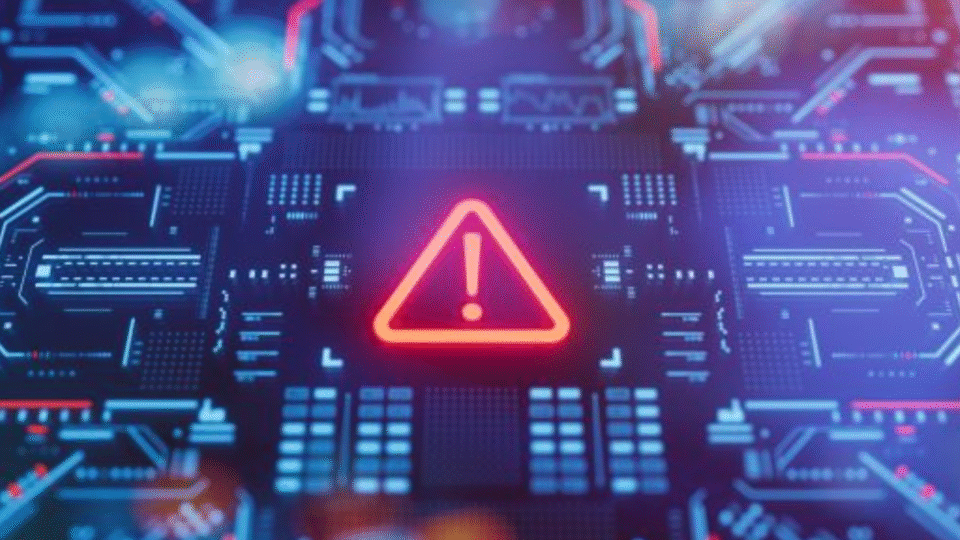In the world of technology, customization is king. Whether it’s tweaking your smartphone’s interface, unlocking hidden features, or installing apps that aren’t available on the official app store, users crave control over their devices. This is where jailbreak values come into play.
But what exactly are jailbreak values? At their core, they represent the principles that drive the jailbreaking community—freedom, personalization, and pushing the boundaries of what a device can do. For those who embrace these values, a jailbroken device isn’t just a tool; it’s a canvas for creativity.
We’ll explore how jailbreak values shape the way users customize their devices, the risks and rewards involved, and why this movement continues to thrive despite restrictions from manufacturers.
Understanding Jailbreak Values
What Does “Jailbreak Values” Mean?
Jailbreak values are the philosophical and ethical beliefs that underpin the jailbreaking community. These include:
- Freedom of Choice – The right to modify your device as you see fit, without being limited by manufacturer restrictions.
- Open-Source Ideals – A belief in community-driven development, where users collaborate to create tweaks, themes, and tools.
- Anti-Censorship – Rejecting the idea that corporations should dictate what software you can or cannot run.
- Innovation Through Experimentation – Encouraging users to explore new functionalities beyond what’s officially supported.
These values have fueled the jailbreaking scene for years, turning it into a subculture that thrives on ingenuity and defiance.
A Brief History of Jailbreaking
Jailbreaking first gained traction with the iPhone in 2007 when users discovered ways to bypass Apple’s restrictions. Early pioneers created tools like PwnageTool and redsn0w, unlocking the ability to install third-party apps, customize the home screen, and even change core system functions.
Over time, jailbreaking expanded to other platforms, including Android (where it’s often called rooting) and gaming consoles like the PlayStation Vita. Each of these movements shares the same core jailbreak values—empowering users to take full control of their hardware.
How Jailbreak Values Shape Device Customization
1. Complete Theming Overhauls
One of the most visible ways jailbreak values influence customization is through theming. Unlike stock devices, which limit users to preset wallpapers and icon layouts, jailbroken devices allow for:
- Custom icon packs (replacing every app icon with a unique design)
- Animated lock screens (live wallpapers, weather effects, and interactive elements)
- System-wide color schemes (changing menus, notifications, and even keyboard colors)
Tools like WinterBoard (for older iOS versions) and SnowBoard (for newer ones) enable users to completely transform their device’s look, making it truly one-of-a-kind.
2. Enhanced Functionality with Tweaks
Jailbreak values encourage users to go beyond aesthetics and modify functionality. Popular tweaks include:
- Activator – Assign custom gestures (like double-tapping the status bar to lock the phone).
- Filza File Manager – Access and modify system files (something normally restricted).
- CallBar – Change how incoming calls are displayed (minimizing interruptions).
These tweaks reflect the jailbreak ethos—if a feature doesn’t exist, the community will create it.
3. Unlocking Hidden Features
Manufacturers often disable features for regional or business reasons. Jailbreaking removes these artificial limits, allowing users to:
- Enable dark mode on older iOS versions before Apple officially supported it.
- Use USB tethering without carrier restrictions.
- Install emulators to play retro console games.
This aligns with the jailbreak value of anti-censorship—users shouldn’t be blocked from using their hardware to its full potential.
4. Running Unauthorized Apps
The official app stores (Apple’s App Store, Google Play) have strict policies, banning certain apps for security or business reasons. Jailbreaking allows users to:
- Install third-party app stores like Cydia or Sileo.
- Use modded apps (such as YouTube without ads).
- Run unofficial ports of Linux or Windows software.
This ties back to the freedom of choice principle—users decide what software they want, not corporations.
The Risks and Rewards of Jailbreaking
The Rewards: Why People Still Jailbreak
- Total Personalization – No two jailbroken devices look or function the same.
- Access to Cutting-Edge Features – Jailbreakers often get features years before official releases (e.g., widgets before iOS 14).
- A Thriving Community – Forums like r/jailbreak and XDA Developers foster collaboration and innovation.
The Risks: Why Some Avoid It
- Security Vulnerabilities – Jailbreaking can expose devices to malware if users install untrusted tweaks.
- Voided Warranties – Manufacturers may refuse service for jailbroken devices.
- Instability – Poorly coded tweaks can cause crashes or battery drain.
Despite these risks, the jailbreak community continues to grow because, for many, the benefits outweigh the downsides.
The Future of Jailbreak Values
As technology evolves, so does jailbreaking. With Apple’s iOS becoming more restrictive (thanks to features like System Integrity Protection) and Android manufacturers locking bootloaders, the fight for device freedom is far from over.
However, new developments like:
- Checkm8 (an unpatchable iPhone bootrom exploit)
- Magisk (a systemless root method for Android)
show that jailbreak values are still alive. The community adapts, finding new ways to push boundaries.
Conclusion: Jailbreaking as a Statement
Jailbreaking isn’t just about customization—it’s a philosophy. It’s about rejecting the idea that devices should be locked down, that users should accept limitations, and that innovation should only come from big corporations.
For those who embrace jailbreak values, their device is more than just a phone or tablet—it’s a statement. A statement that says:
“This is mine, and I’ll make it work the way I want.”
Whether you’re a seasoned jailbreaker or just curious about the movement, one thing is clear: as long as there are restrictions, there will be people willing to break free.

